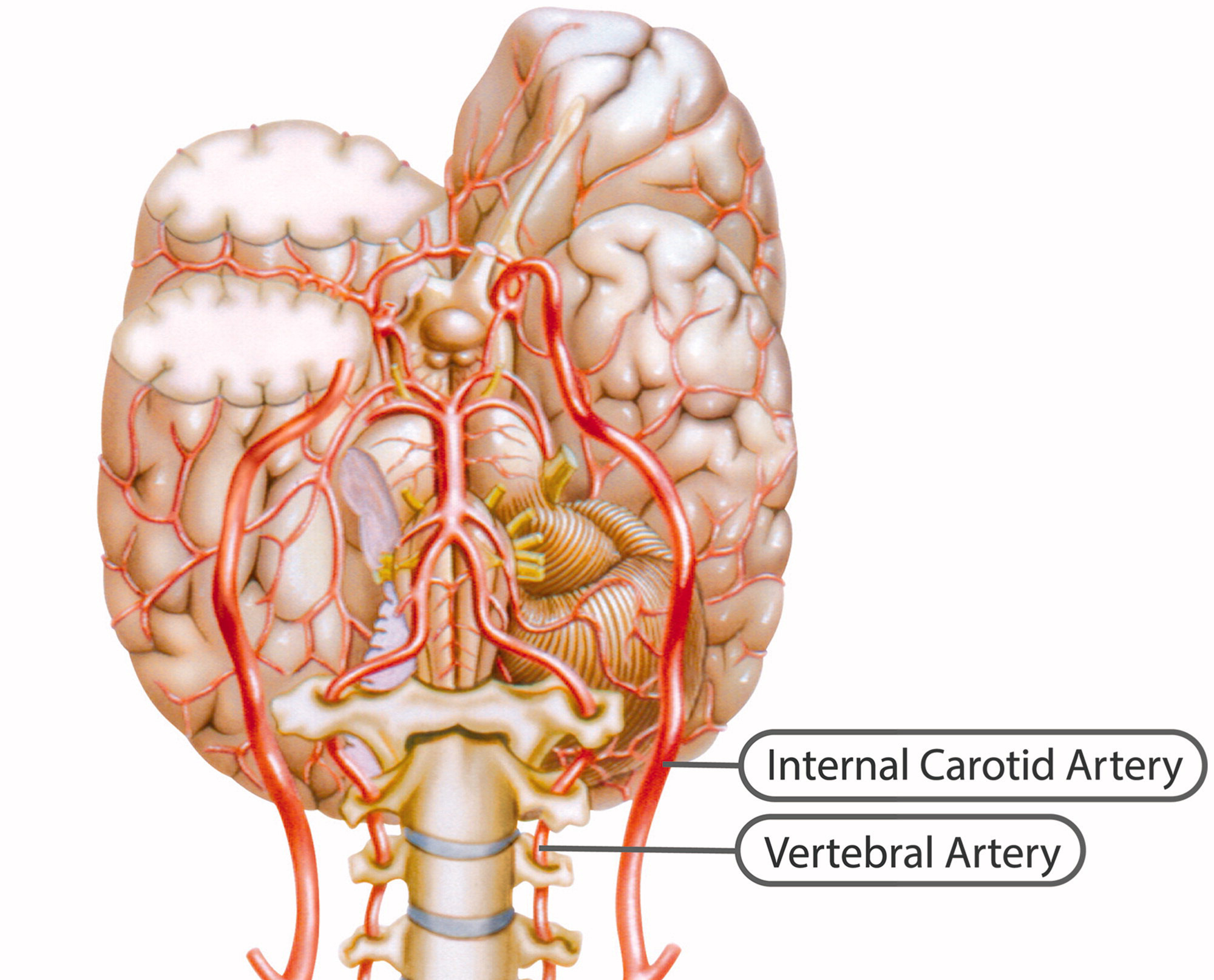The Quality of Reports on Cervical Arterial Dissection Following Cervical Spinal Manipulation
SOURCE: PLoS ONE 2013 (Mar 20); 8 (3): e59170
Shari Wynd, Michael Westaway, Sunita Vohra, Greg Kawchuk
Texas Chiropractic College,
Pasadena, Texas, United States of America.
Background Cervical artery dissection (CAD) and stroke are serious harms that are sometimes associated with cervical spinal manipulation therapy (cSMT). Because of the relative rarity of these adverse events, studying them prospectively is challenging. As a result, systematic review of reports describing these events offers an important opportunity to better understand the relation between adverse events and cSMT. Of note, the quality of the case report literature in this area has not yet been assessed.
Purpose 1) To systematically collect and synthesize available reports of CAD that have been associated with cSMT in the literature and
2) assess the quality of these reports.
Methods A systematic review of the literature was conducted using several databases. All clinical study designs involving CADs associated with cSMT were eligible for inclusion. Included studies were screened by two independent reviewers for the presence/absence of 11 factors considered to be important in understanding the relation between CAD and cSMT.
Results Overall, 43 articles reported 901 cases of CAD and 707 incidents of stroke reported to be associated with cSMT. The most common type of stroke reported was ischemic stroke (92%). Time-to-onset of symptoms was reported most frequently (95%). No single case included all 11 factors.
Conclusions This study has demonstrated that the literature infrequently reports useful data toward understanding the association between cSMT, CADs and stroke. Improving the quality, completeness, and consistency of reporting adverse events may improve our understanding of this important relation.
Copyright: © 2013 Wynd et al. This is an open-access article distributed under the terms of the Creative Commons Attribution License, which permits unrestricted use, distribution, and reproduction in any medium, provided the original author and source are credited.
Funding: Greg Kawchuk receives salary support from the Canada Research Chairs program. Sunita Vohra receives salary support from Alberta Innovates-Health Solutions. Training support for Shari Wynd was provided by the Alberta Canadian Institutes of Health Research (CIHR) Training Program in Bone and Joint Health. The funders had no role in study design, data collection and analysis, decision to publish, or preparation of the manuscript.
Competing interests: The authors have declared that no competing interests exist.
From the Full-Text Article:
Introduction
In the area of harms reporting, one topic that has received significant attention is cervical spinal manipulation therapy (cSMT), an intervention most often administered by chiropractors [1, 2] to treat musculoskeletal complaints of the head and neck [3] including headaches [4]. If harms are associated with cSMT, they most commonly involve additional head and neck pain [2]. While these adverse events tend to be self-limiting [2], more serious adverse events have been reported such as neurovascular sequelae and stroke. More specifically, injuries such as cervical artery dissection (CAD), whether vertebral, internal carotid, or vertebrobasilar, have been reported to be associated with cSMT [5-7]. Although this subset of adverse events appears to occur infrequently [1, 8, 9], understanding the relation between CADs, stroke and cSMT is important given the medical [7], societal [1], economic [9], and legal [8] implications of any event leading to cerebrovascular compromise.
Read the rest of this Full Text article now!


“This paper clearly demonstrates that there is a critical need to report all events surrounding CAD, not just the event immediately preceding the injury.” – An excellent point!
“This study lays the groundwork for developing a universal reporting tool for adverse events related to cSMT.” – I wonder what they have in mind?
I recently read the last two quarterly editions of NIMIC’s Examiner. Both issues have case studies involving vascular injuries or dissection. I recommend reading them. In my opinion they are well written and offer insight/direction on these type of patient scenarios. The more I read about these cases the more I realize that these patients seem to be walking in our doors with vascular congenital abnormalities and/or are having/have….stroke prior to cervical manipulation/have a vascular tear prior to treatment. Of course concern for the patient comes first. These cases are very serious. The more I read these case studies you realize this can happen and following standards of care are very important. Thanks for the article Frank!